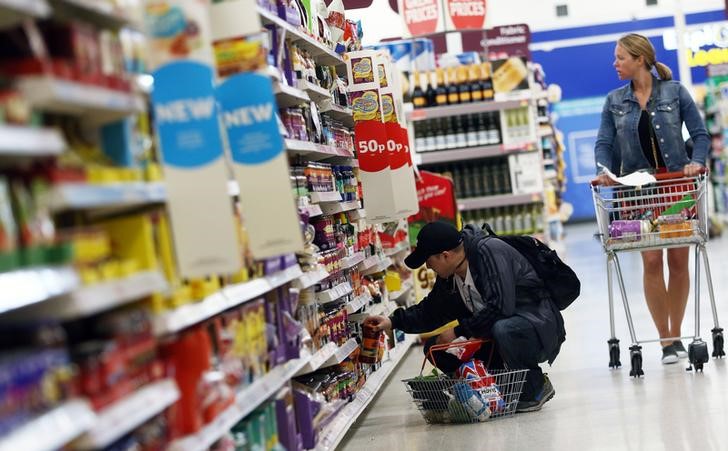By Geoffrey Smith
Investing.com -- U.S. consumers kept spending in April, amid fresh signs that, at least in annual terms, inflation may have peaked for the current cycle.
The figures are a reminder of the broad momentum in the U.S. economy, despite a clutch of headline-grabbing reports from the retail sector over the last couple of weeks that have shown signs of consumer demand - the traditional engine of U.S. growth - weakening.
"This isn't the onset of a recession," said EY chief economist Greg Daco via Twitter.
Personal spending rose by a stronger-than-expected 0.9% in the month. That was a slowdown from March, but March's data were also revised higher to show a gain of 1.4%, rather than the initially reported 1.1%. Spending outstripped expectations even though personal income growth slowed for the second month in a row. Income rose only 0.4%, less than the 0.5% posted in March. Analysts had expected it to keep growing at the same pace.
At the same time, the annual rate of inflation, as measured by Personal Consumer Expenditures, eased slightly to 6.3% from a 40-year high of 6.6% in March, while the core index fell to 4.9% from 5.2%. In monthly terms, core PCEs rose 0.3%, in line with expectations.
"The consumer spending boom continues," said Jason Furman, a senior fellow with the Peterson Institute in Washington D.C. He noted that adjusted for inflation, consumer spending rose 0.7% in April.
"Even if it is flat in May & June, (it) will be (a) 4.1% annual rate for Q2," Furman argued, pointing to the ongoing process of consumers running down their pandemic-era savings. In the last eight months, the U.S. personal savings rate has fallen from 8.1% of income to only 4.4%, its lowest since the 2008 financial crisis.
Inflation and growing cost-sensitivity by consumers have nonetheless weighed heavily on the stock market in recent weeks, with retailers from Walmart (NYSE:WMT) to Gap (NYSE:GPS) and Big Lots (NYSE:BIG) all missing forecasts and lowering their outlooks for the year.
